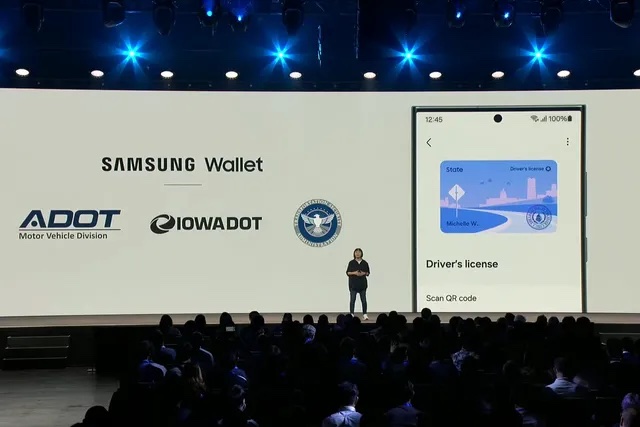
10-6 #Holiday2Short : TSMC’s 2nm chips might be delayed until 2026; SMIC has reportedly placed big orders for the raw materials of HiSilicon Kirin 9000S chip; Google Pixel 8 series will be supported with 7 years of “OS, security, and Feature Drop updates”; etc.

TSMC’s highly anticipated 2nm chips might be delayed until 2026, despite initial promises of a 2025 launch. The move to 2nm is crucial for TSMC as it plans to transition from FinFET transistors to Gate-all-around (GAA) technology, aiming for lower energy consumption and better performance. This innovation will make TSMC competitive against Samsung Foundry, which already uses GAA in its 3nm node. Intel, which plans to introduce its Power Via technology in 2024, could potentially take process leadership by 2025 with its 18A node (1.8nm). Meanwhile, Samsung Foundry is on track to launch its 2nm chips in 2025 and even has plans to begin 1.4nm production in 2027. One of the reasons for TSMC’s delay is said to be the slowdown in the semiconductor market, affecting the construction timeline of a vital facility in Hsinchu Baosha, Taiwan. TSMC has denied the accuracy of these reports, likely feeling the pressure as competitors ramp up their plans. (Gizmo China, Phone Arena, Extreme Tech, TechNews, Yahoo)
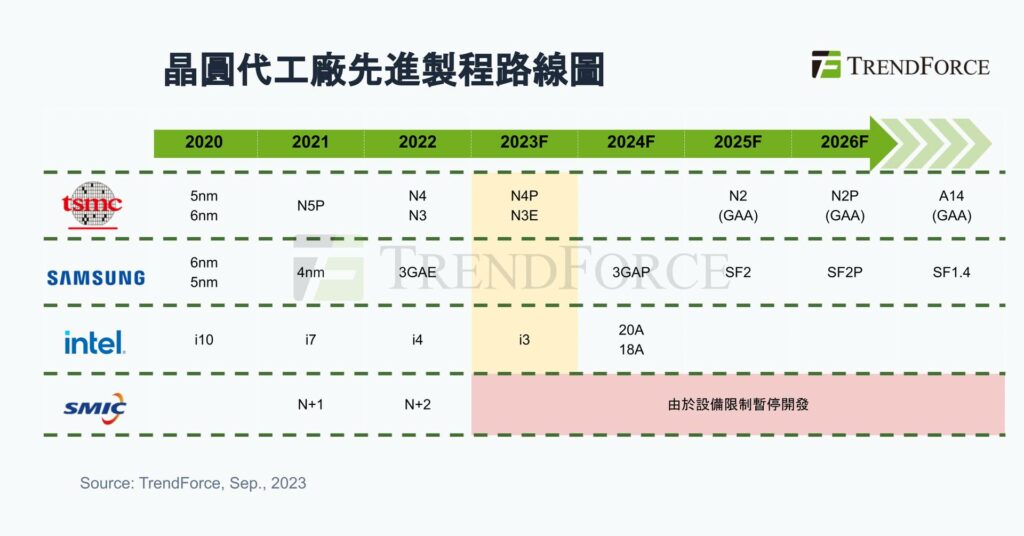
Taiwan Semiconductor Manufacturing Company (TSMC) is making remarkable strides in its USD8B chip plant project in Kumamoto, Japan. TSMC will begin installing equipment at its new chip plant in Japan in Oct 2023, a sign that the project is proceeding more rapidly than the company’s cutting-edge facility in the U.S. TSMC has trained more than 300 Japanese staff in the central Taiwanese city of Taichung, where the company operates its largest facilities for making 28nm chips. The Kumamoto plant will start out using 28nm and 22nm production technology, which is relatively mature and can churn out chips such as image sensors, driver integrated circuits and microcontrollers that are used in everything from smartphones to cars. Japan has already earmarked JPY476B (USD3.5B) worth of subsidies for the TSMC project. (GizChina, Asia Nikkei)
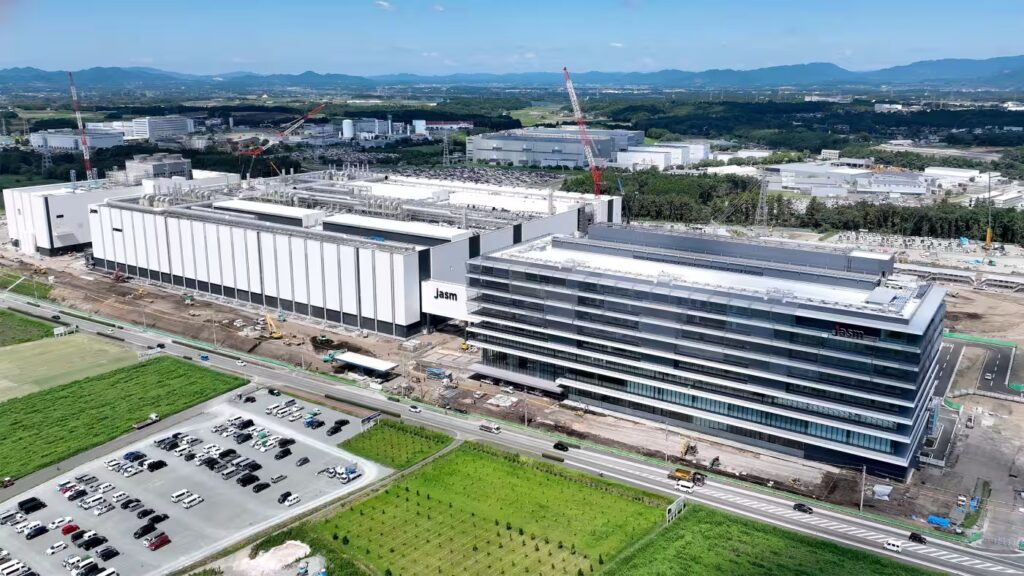
SMIC has reportedly placed big orders for the raw materials of HiSilicon Kirin 9000S chip possibly in anticipation of stricter US sanctions. After the US first implemented trade sanctions on Huawei, the company lost its ability to buy chips from other US companies, including TSMC, the biggest smartphone chip producer. Although the US did allow Qualcomm to sell its Snapdragon 8+ Gen 1 chips to Huawei without enabling 5G services, the company started developing homegrown chips with SMIC, which was using the outdated 14nm process node at the time. However, a significant change occurred with the launch of the Huawei Mate 60 Pro, as the chip powering the device, i.e., Kirin 9000S, not only accessed 5G services in the country but also ran on the much more efficient 7nm node process. Huawei is optimistic about selling up to 20M units of the Mate 60 Pro. (Android Headlines, UDN, Phone Arena)
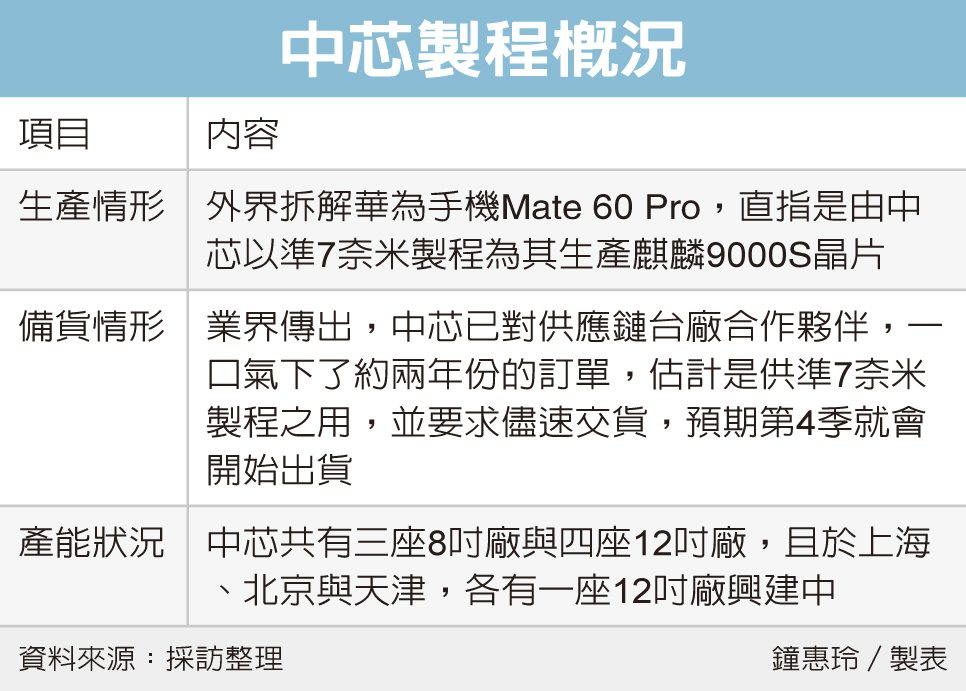
TF Securities analsyt Ming-chi Kuo indicates that ASML may cut EUV equipment shipment forecasts significantly for 2024 by about 20–30% for the following main reasons. (1) Apple’s 3nm demand for 2024 would be below expectations. In 2023, Apple’s MacBook and iPad shipments declined significantly by approximately 30% and 22% to 17M and 48M units, respectively. Looking ahead to 2024, Apple’s 3nm demand is negatively impacted by the lack of growth drivers for MacBook and iPad. (2) Qualcomm’s 3nm demand for 2024 would be lower than expected due to Huawei’s decision to stop sourcing Qualcomm chips and the higher-than-expected penetration rate of Exynos 2400 in Samsung smartphones. (3) Demand for Samsung’s 3GAP+ and Intel’s 20A is lower than expected. (4) Samsung, Micron, and SK Hynix are not expected to launch memory expansion plans until 2025–2027. The current market consensus is that the semiconductor sector will bottom out in 2H23. However, it needs to monitor closely whether this bottoming timeline would be pushed back to 1H24 / 2Q24. (GizChina, GSM Arena, Medium, Twitter)
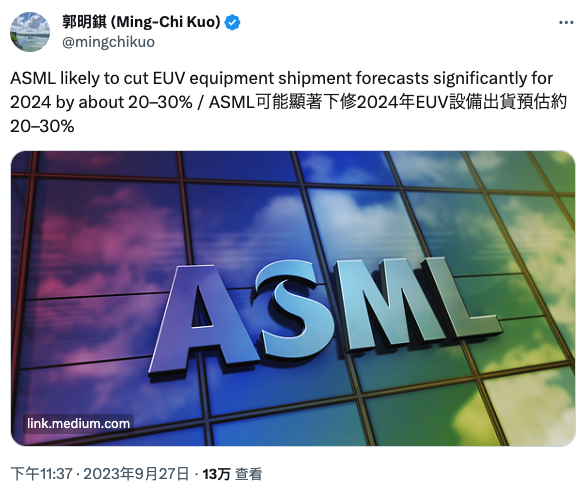
ASML reportedly plans to set up a base in Japan’s northern island of Hokkaido to support production at a chip plant for Japanese startup Rapidus. Rapidus is set to produce chips at the challenging 2nm process node, relying on ASML’s advanced EUV (extreme ultraviolet) lithography tools for the complex circuitry of these chips. ASML’s expansion in Japan will see a tech support base near Chitose, Hokkaido, where approximately 50 engineers will install EUV equipment on a prototype production line at semiconductor plants being constructed by Rapidus. This support extends to assisting with startup operations and ongoing maintenance.(Gizmo China, Reuters, Digitimes, Sina)

The collaboration between Samsung and AMD began 3 years ago when Samsung partnered with AMD to bring RDNA2 graphics to its own Exynos chips. The Exynos 2200 in the Galaxy S22 series, unveiled in early 2022, was Samsung’s first smartphone processor to feature the Samsung Xclipse GPU powered by AMD’s RDNA 2 architecture. In Apr 2023, the two companies announced plans to continue working on delivering high-quality graphics to more smartphones. Samsung’s System LSI team is allegedly considering developing in-house mobile GPUs rather than continuing to rely on AMD. (Neowin, Twitter)
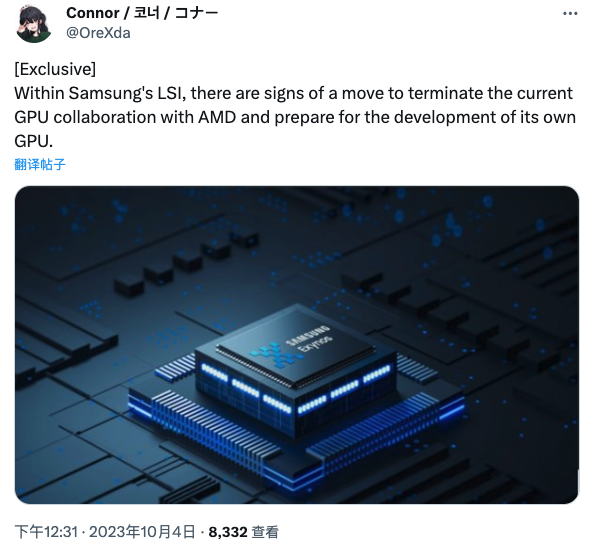

Samsung is expected to order parts for 12M-13M Galazy Z5 series by the end of 2023, but that this figure could now drop by 1M units due to the global recession potentially affecting foldable sales. Nevertheless, over 10M Galaxy foldable phones could be shipped in a year for the first time if Z Fold 5 and Z Flip 5 shipments for 2023 are 10% higher than their predecessors. (IT Home, The Elec, Android Authority
Park Jin, a senior analyst over at Counterpoint Research claims that Samsung will be able to launch cheaper foldable smartphones in the USD600-700 price range starting 2024. He has also noted Huawei may start selling “entry-level foldables”. Samsung will reportedly launch those more affordable foldable phones as part of its ‘Galaxy FE’ series. (Android Headlines, Twitter)
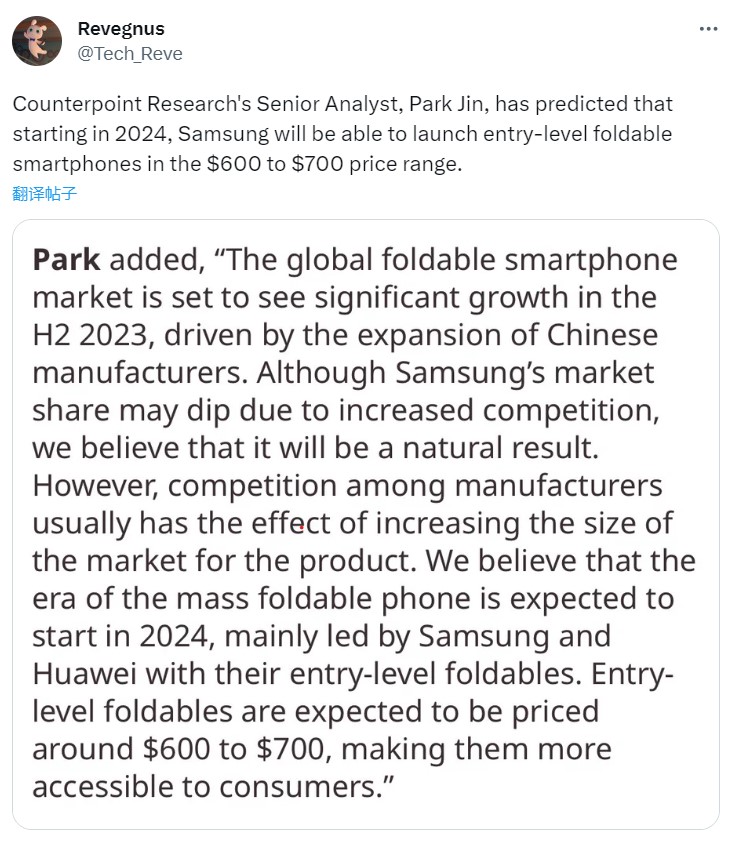

Nokia launches first-of-its-kind 6G Lab in India; research areas will include foundational 6G technologies like Network as a Sensor, Network Exposure and Automation. The 6G Lab is milestone for Nokia in contributing to the ‘Bharat 6G Vision’, which aims to position India as a key global contributor to the design, development and implementation of 6G technology; the project also highlights Nokia’s commitment to the Indian market. Nokia’s lab will be a platform for future collaboration for industry and academic stakeholders on 6G and facilitate the testing of new solutions while establishing their potential for commercialization. (Android Headlines, Globe Newswire, Economic Times, Nokia)
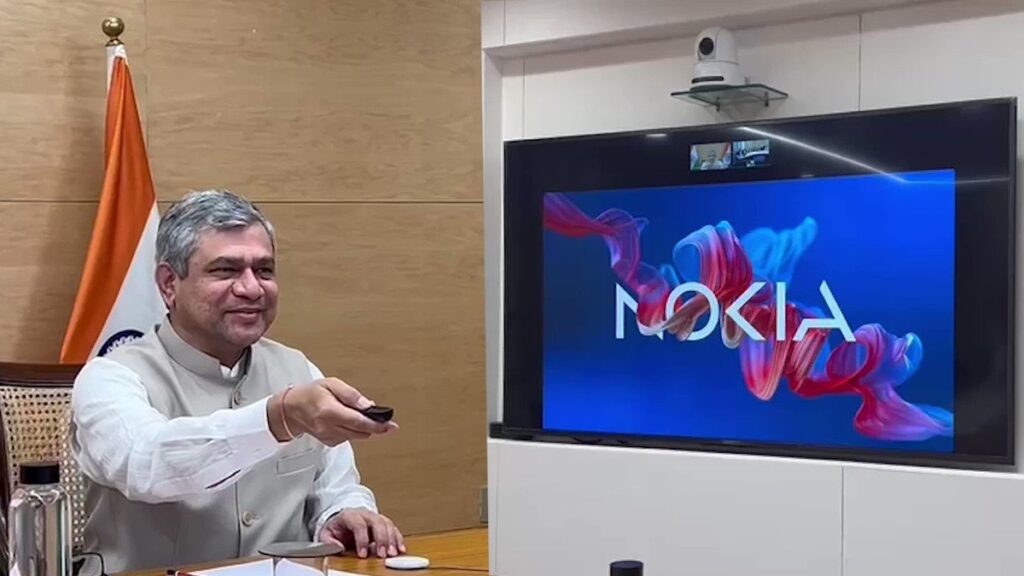
Google may be working on the ability to transfer video calls and more between devices. The feature, previously referred to as “Link your devices” is undergoing a name change and will now be called “Device Groups”. It will reportedly allow Android devices to work “better together,” an initiative that Google has been working on for some time now between its Android, ChromeOS, and Home devices. Two of the use cases for Device Groups are transferring active video calls between devices and sharing internet access when other devices are offline. Device Groups is likely built on top of the cross-device SDK that Google provides to developers. This means that apps will need to be updated to support Device Groups in order for users to take advantage of the feature. (Phone Arena, TheSpAndroid, 9to5Google)
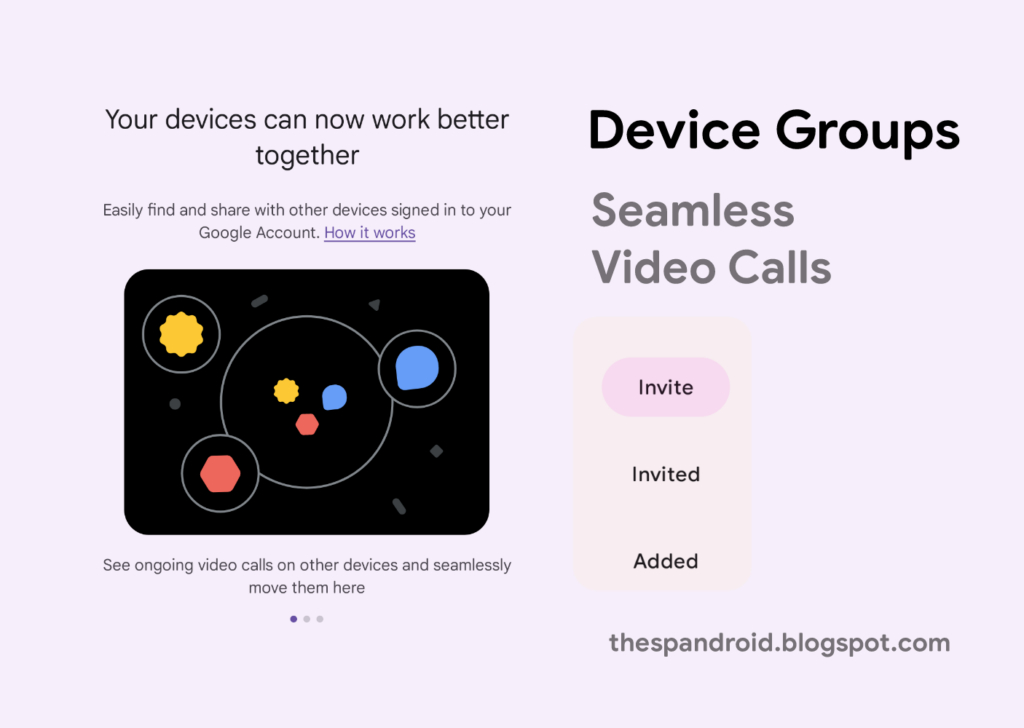

According to TF Securities analyst Ming-Chi Kuo, demand for Apple iPhone 15 Pro Max is robust, as previously expected, outpacing last year’s iPhone 14 Pro Max. Demand for the two standard iPhone 15 models is roughly on par with 2022. Demand for the iPhone 15 Pro is weaker than 2022, with one possible reason being a shift of more premium users to the iPhone 15 Pro Max in 2023. Wait times for the iPhone 15 Pro Max are significantly longer than for other models, but this is more than just due to high demand. Current iPhone 15 Pro Max shipments are lower due to a later mass production schedule, and its current production challenges are more pronounced than other models. He still maintains his prediction that approximately 80M units of the iPhone 15 will ship in 2023. (MacRumors, Medium, Twitter)
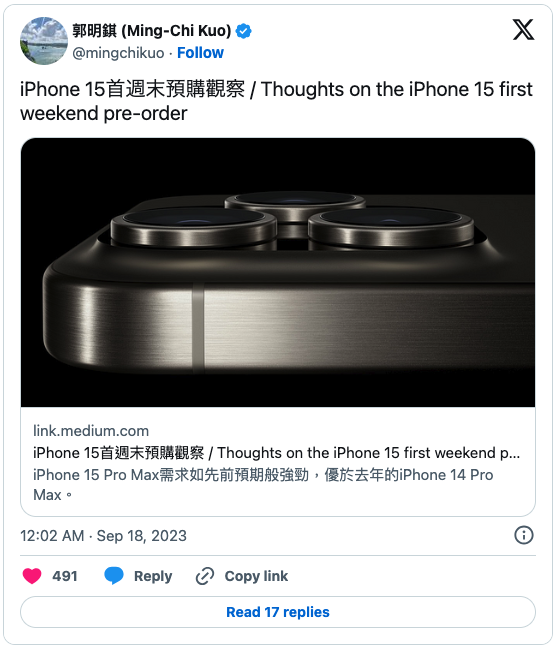
Apple’s iPhone 16 series is expected to gain an additional capacitive button, known internally as the “Capture Button.” Codenamed “Project Nova,” the button is likely to be one of the main selling points of the iPhone 16 lineup, assuming it gets past the initial testing phase. The Capture Button is expected to be a capacitive button rather than a standard mechanical one. the button detects pressure and touch, providing haptic feedback through the use of haptic engines. The capacitive buttons will feature force sensor functionality. Force sensors detect applied force, and convert the magnitude of force into electrical signals.(Android Authority, MacRumors)
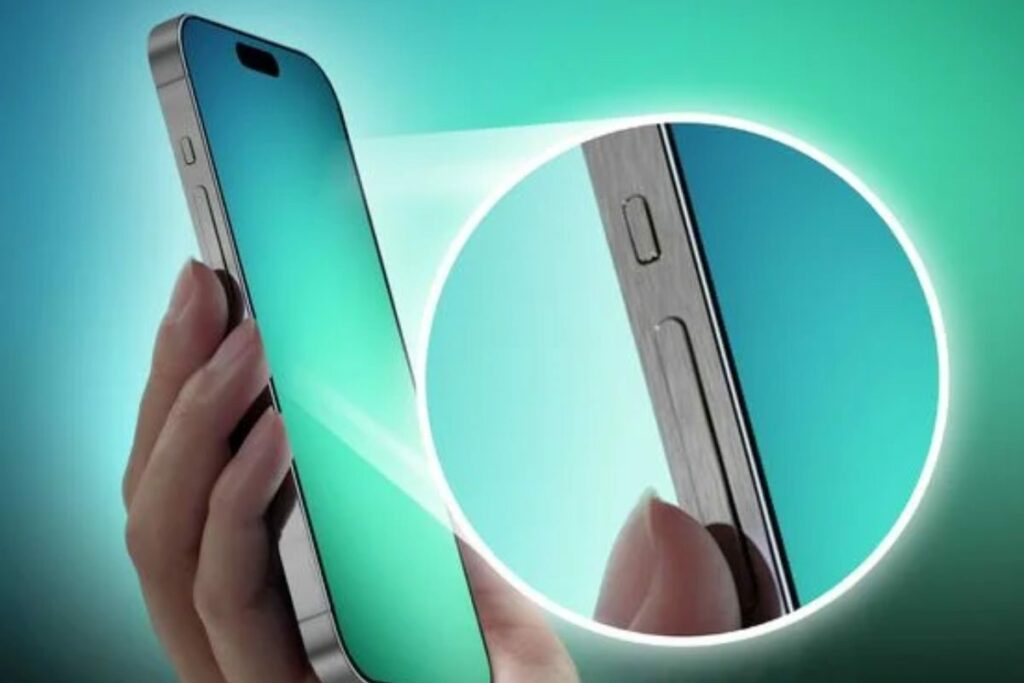
Apple has begun requiring new apps to have a licence from the Chinese government before they can be added to the App Store. Apple has begun requiring app developers to submit the “internet content provider (ICP) filing” when they publish new apps on its App Store, it said on its website for developers. An ICP filing is a longtime registration system, required for websites to operate legally in China, and most local app stores including those operated by Tencent and Huawei have adopted it since at least 2017. To get an ICP filing licence, developers need to have a company in China or work with a local publisher, which has been an obstacle for a large number of foreign apps.(Apple Insider, Reuters, SCMP, The Verge, RFI, My Drivers)
Alphabet’s Google Pixel is eroding the iPhone’s dominance in Japan as the Apple’s deviec gets pricier, finding success after years of misfires. Google phones accounted for a record 12% share in the Asian country in the 2Q23, six times what it was a year ago, according to Counterpoint Research. During the same period, the iPhone’s market share slumped by almost as much: to 46% from 58% a year earlier. Japan is a key arena for the two Silicon Valley firms, as the world’s third biggest economy and a huge market for mobile software and games. The iPhone has been as dominant there as at home in the US, and its decline summer 2023 was the first time it commanded less than half the Japanese market in two years. The plunging value of the yen pushed Apple to raise iPhone prices in Japan earlier than its recent global price hikes, and the cost of the device is proving a noticeable deterrent, at a time when the latest handsets have not offered must-have new features. (Android Authority, Bloomberg)
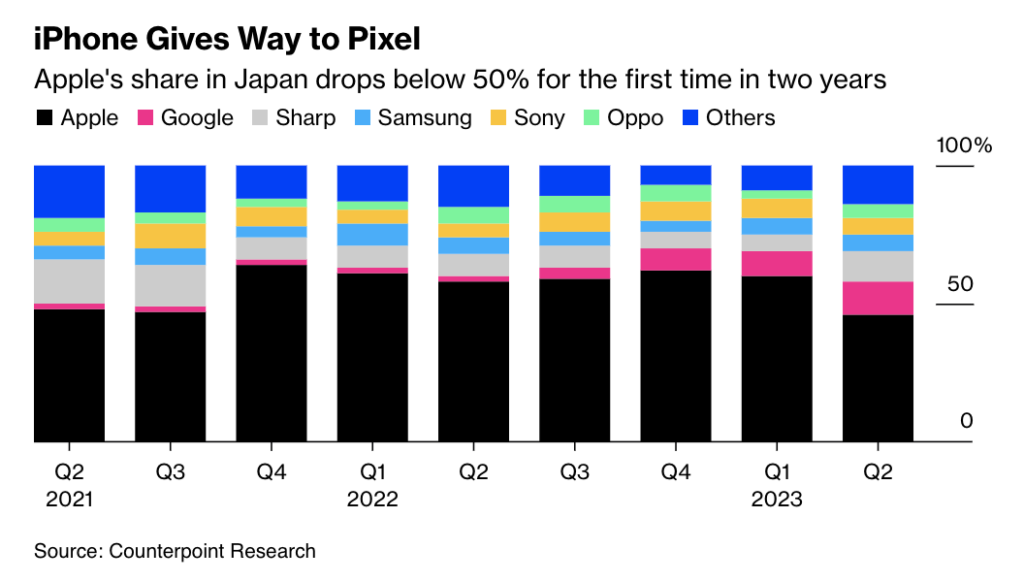
Motorola has been warning Mexicans against buying or using these “irregular” phones since at least May 2023. It started sending a push notification saying “Your device is irregular because it does not comply with the regulations in Mexico”. However, unauthorized sales of Motorola phones continued in the country. Consumers seemingly ignored the company’s warning. Motorola is disabling the devices purchased through those channels. Unauthorized Motorola phones activated on or after 27 Jul 2023, in Mexico will stop working a few days later. Affected users will get a 30% discount on approved Motorola phones. (Android Headlines, Xataka, Motorola)

Pegatron suspended assembly of iPhones at its Chennai, India plant on Sunday, 24 Sept 2023, following what has been described as a “fire incident”. Pegatron has been leasing space in Chennai since 2021 for its manufacturing of the iPhone, which currently accounts for 10% of Apple’s production in India.(Apple Insider, Next Apple, China Times)
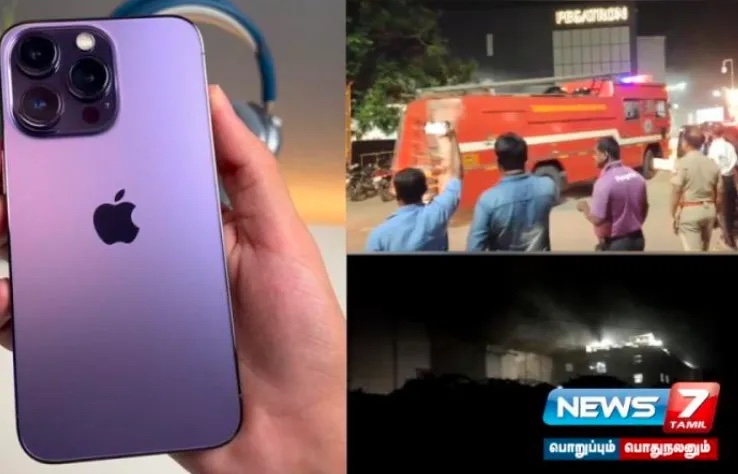
Google Pixel 8 and 8 Pro will be supported with 7 years of “OS, security, and Feature Drop updates”, meaning buyers should be able to use them until 2030 before their software starts to become outdated. In theory, Google’s pledge should mean the Pixel 8 and Pixel 8 Pro get updated to at least 2029’s Android 20 and maybe even 2030’s Android 21, depending on when in the year the update gets released. Google has also confirmed that the company will offer spare parts for these phones for 7 years.(Android Authority, Google, The Verge, Ars Technica, 9to5Google)
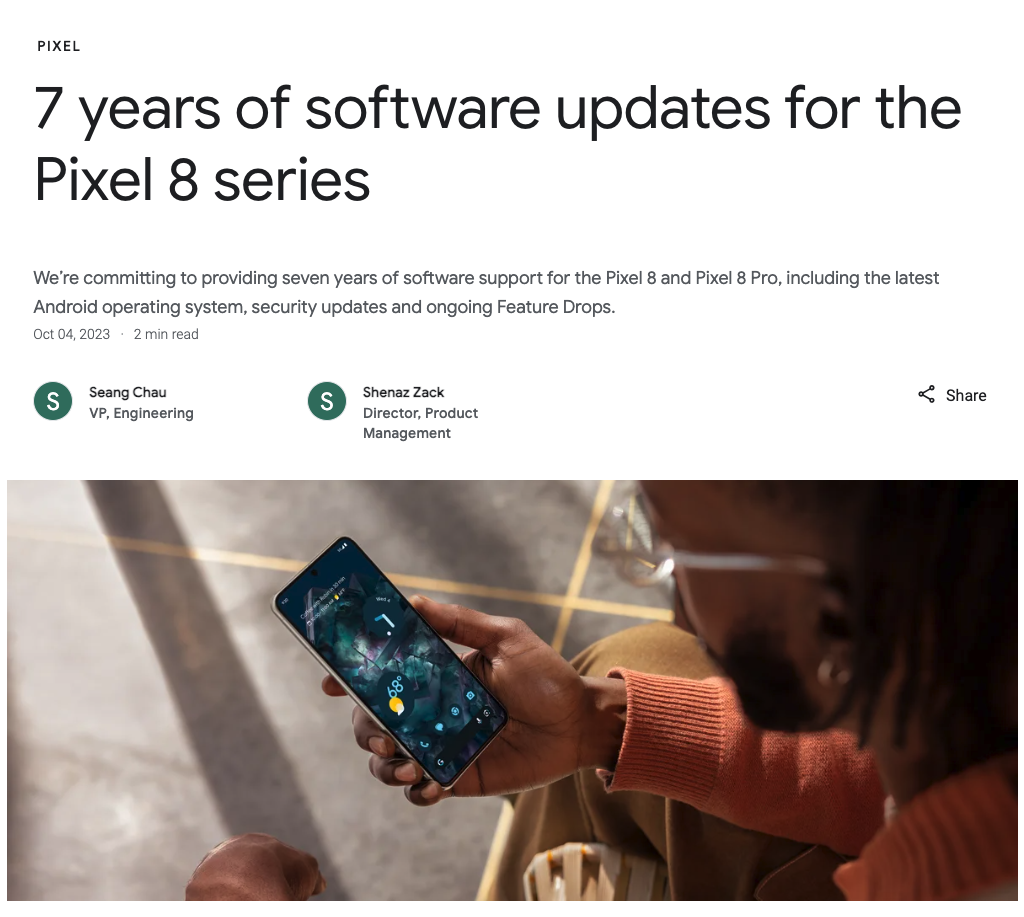

India will allegedly defer an import licence requirement for laptops and tablets, a policy U-turn after industry and the U.S. government complained about the move, which could hit Apple, Samsung and others. The plan will be delayed by a year, after which the government will consider whether to implement a licensing regime or not. The licensing regime, announced abruptly on 3 Aug 2023, aimed to “ensure trusted hardware and systems” enter India, reduce dependence on imports, boost local manufacturing and in part address the country’s trade imbalance with China. But following industry objections, the initial plan was quickly delayed by about 3 months. In Aug 2023, U.S. trade chief Katherine Tai raised concerns with India over the move, which would also affect companies such as Dell and HP. India’s electronics imports, including laptops, tablets and personal computers, stood at USD19.7B in Apr-Jun 2023, up 6.25% YoY. (Reuters, Gizmo China, Indian Express)
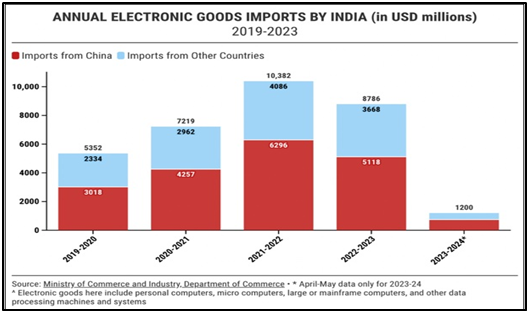

Google has unveiled upgrades for the Fitbit app. These enhancements, fueled by generative AI, promise to revolutionize how users interact with their fitness data. From personalized coaching to in-depth performance analysis, the Fitbit app is set to become an indispensable tool for health enthusiasts. The app, which will pair with new wearables like the Google Pixel 2 Watch and the Fitbit Charge 6, will use artificial intelligence to analyze trends in a wearer’s fitness capabilities and be able to provide insights about overall performance. (Android Authority, Wired, Tech Times, Engadget)
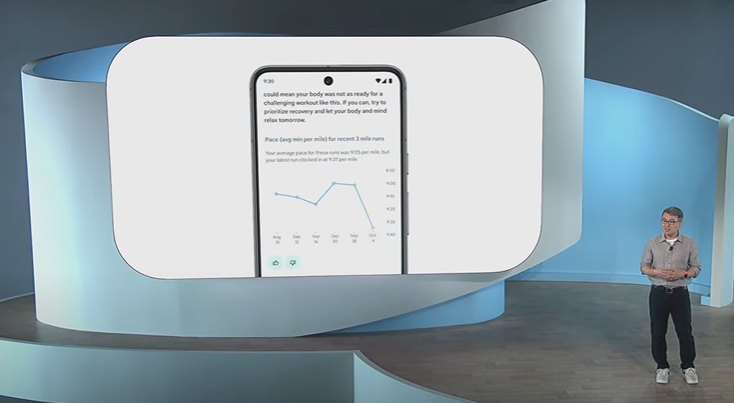

Samsung has reiterated its strong commitment to advancing smart home technology. They unveiled their plans to extend the use of the Tizen operating system to a wider range of devices, including household appliances featuring 7” screens. Samsung has introduced Home AI Edge technology, aimed at overcoming these computational constraints. This innovative approach allows less powerful household appliances to request AI services from devices equipped with more robust computational resources, such as stronger CPUs and NPUs. This solution effectively addresses the computational limitations issue. This approach ensures efficient task execution and resource allocation without the need for every appliance to have powerful hardware. It signifies a new era where household devices can communicate and collaborate, enhancing performance while keeping the focus on design and affordability.(SamMobile, Gizmo China, VentureBeat, Samsung, Yahoo)
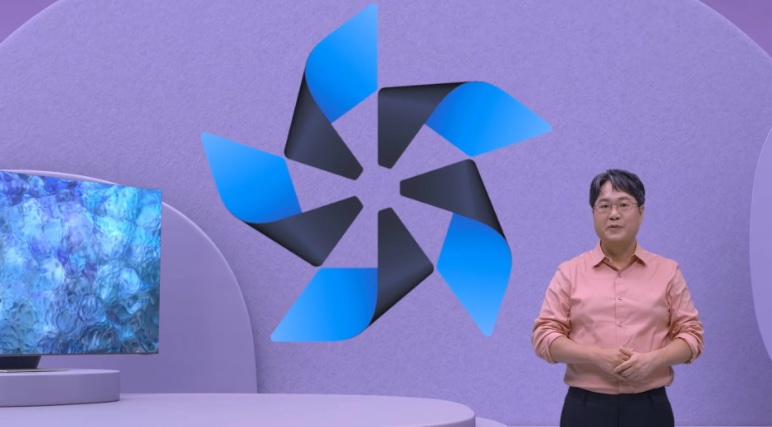
Google Home offers a script editor user can use to create complex automation routines. Google Home for web is getting a new “Help Me Script” feature, which will help casual users create personalized automation routines by simply describing them in natural language. Google Home’s Help Me Script tool will then use generative AI to turn automation routine into code. Google says Help Me Script will improve the accuracy of its automation code with every use since it is powered by a large language model.(Android Authority, Google)
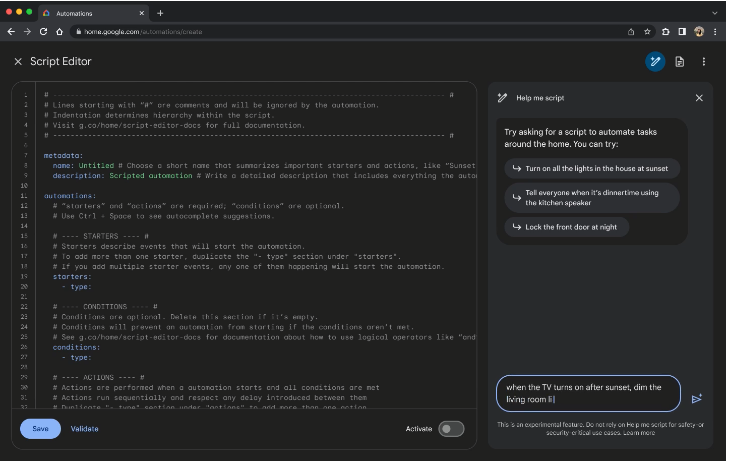

According to TF Securities analyst Ming-Chi Kuo, Apple’s work on the Apple Car has “lost all visibility” at the current time. He says that if Apple does not adopt some kind of acquisition strategy to make inroads in the automotive market, it is unlikely that the Apple Car will be able to go into mass production “within the next years”. (MacRumors, Twitter)
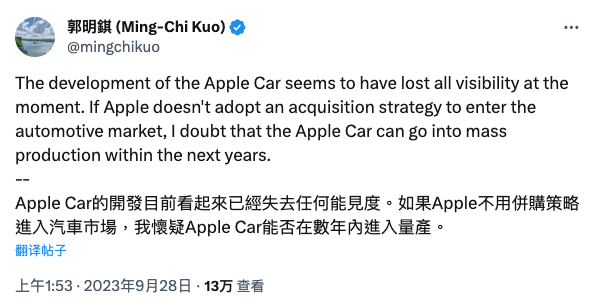

Amazon will invest up to USD4B in cash in the high-profile startup Anthropic. Anthropic’s Claude chatbot, which rivals ChatGPT, is already among a range of AI products available on AWS’s Bedrock service, which allows customers to build generative AI applications in the cloud. Anthropic is one of the top competitors to OpenAI raising huge sums in 2023, including Inflection AI, which raised USD1.3B from Microsoft and Nvidia, and Toronto-based Cohere, which raised USD270M from Nvidia and others. (TechCrunch, Reuters, Financial Times, WSJ)
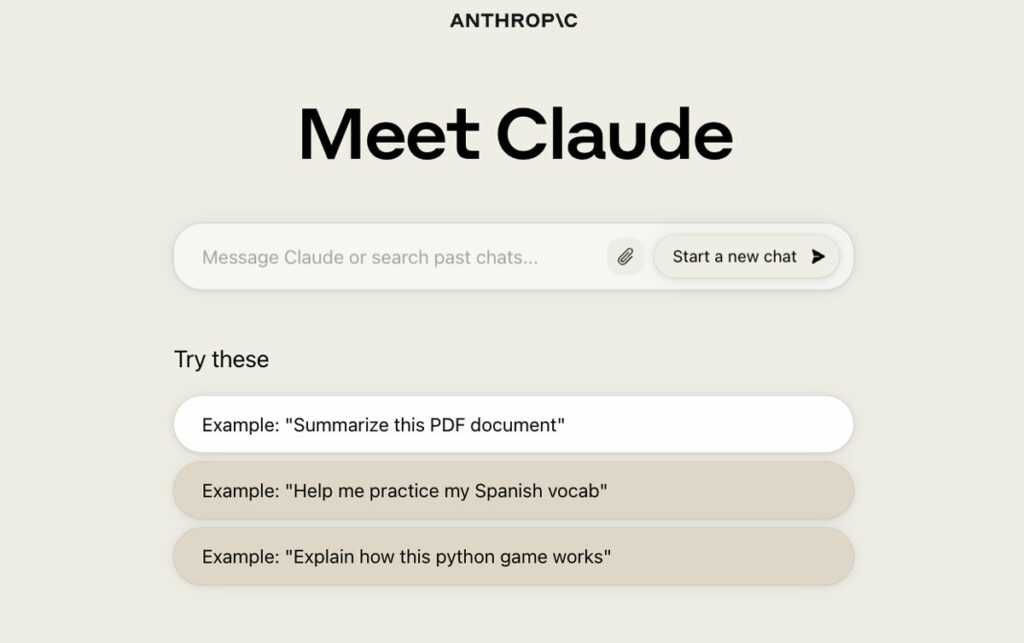
Apple’s former chief design officer, Jony Ive, is reportedly in discussions with OpenAI to build the “iPhone of artificial intelligence”, aided by over USD1B in funding from Softbank CEO Masayoshi Son. Sam Altman, OpenAI’s chief, has tapped Ive’s company LoveFrom, which the designer founded when he left Apple in 2019, to develop the ChatGPT creator’s first consumer device. They hope to create a more natural and intuitive user experience for interacting with AI, in the way that the iPhone’s innovations in touchscreen computing unleashed the mass-market potential of the mobile internet. (Gizmo China, Reuters, Financial Times, The Verge, My Drivers, Sina)

Meta has announced it is rolling out its first generative AI features for advertisers, allowing them to use AI to create backgrounds, expand images and generate multiple versions of ad text based on their original copy. These features rolled out through Meta’s Ads Manager, enable advertisers to revolutionize their creative content effortlessly. The first among the trio of new features allows an advertiser to customize their creative assets by generating multiple different backgrounds to change the look of their product images. Another feature, image expansion, allows advertisers to adjust their assets to fit different aspect ratios required across various products, like Feed or Reels, for example. With the text variations feature in Meta Ads Manager, the AI can generate up to six different variations of text based on the advertiser’s original copy.(Gizmo China, Reuters, TechCrunch, Meta)
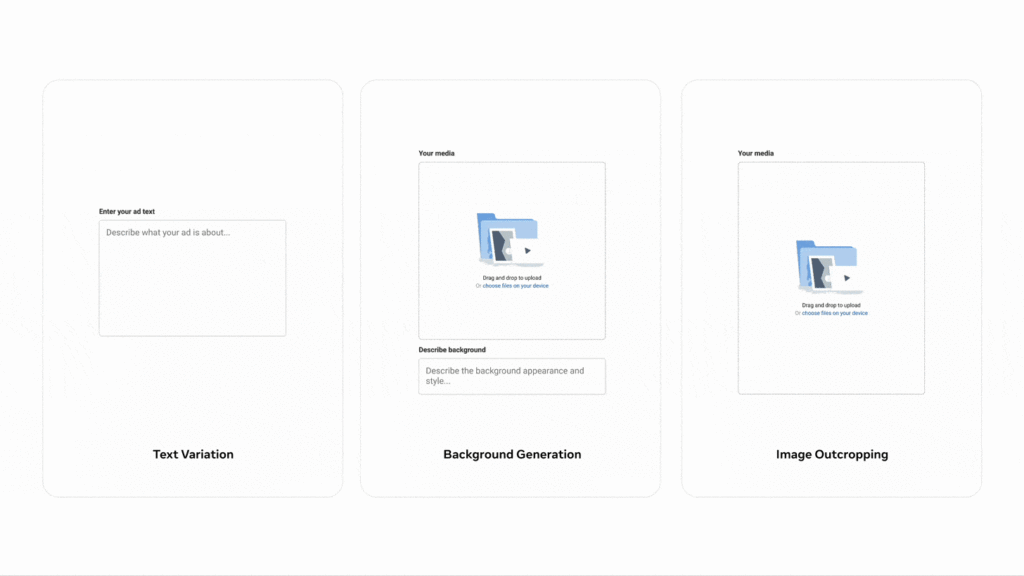
Google has introduced Assistant with Bard, a new version of its popular mobile personal assistant that’s now powered by generative AI technologies. Google says it is combining “Bard’s generative and reasoning capabilities with Assistant’s personalized help”. This includes Bard Extensions that can access user’s Gmail, Google Drive, and Docs to answer questions. From a UI perspective, Assistant with Bard’s “conversational overlay” floats above screen and accepts text, voice, or image input. Google calls Assistant with Bard an “early experiment”. It will soon roll out to early testers for feedback before seeing public availability “over the next few months” on Android and iOS.(Android Authority, Google, TechCrunch, 9to5Google)


Samsung has announced it is bringing mobile driver’s licenses and state IDs to Samsung Wallet. Arizona and Iowa will be the first states to offer a mobile version of its driver’s license to their residents. The update expands the Samsung Wallet experience by adding a convenient and secure way to use state-issued IDs and driver’s licenses with a Galaxy smartphone, including the new Galaxy Z Flip5 and Z Fold5. In early 2024, Samsung will also release a software development kit (SDK) so developers can integrate online age and ID information into their applications to help reduce fraud and friction with the verification process.(Android Authority, Samsung, The Verge)
